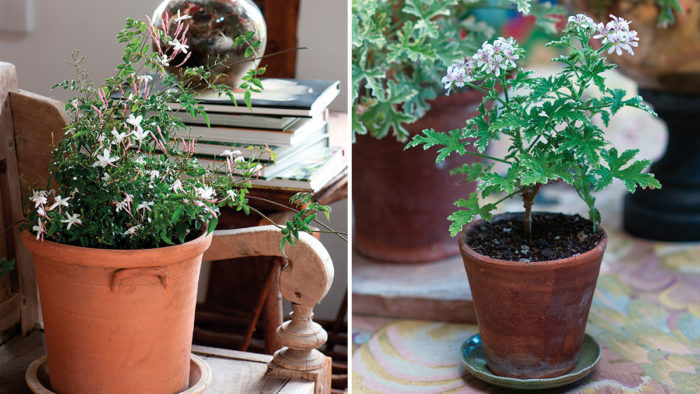
By now you should be familiar with my pitch line promoting the therapeutic side of houseplants for anybody who’s stuck indoors for weather-related or other reasons. But beyond what houseplants can offer on a visual level, they serve up other perks as well. For example, fragrant fringe benefits can be a facet of your newfound inside sport. Of course, fragrance isn’t always a factor, but choose the right plant and your nose could be in total ecstasy.
When you say the word “fragrant,” some people start panicking, and that’s totally understandable. Our perception of smell is an individual affair, and not everyone’s nose agrees, so I’m going to stick here with fragrant flowers that are universally popular and promise the best shot for success. Here’s a quick rundown of “greatest hits” for anybody who wants to put a smile on their face and a tingle in their nostrils.
Madagascar jasmine
(Stephanotis floribunda)
Fragrant flowers are generally white or cream. Why? Because nature is frugal, and pollinators don’t need color when a flower is sending out aromatic scent signals. With its pearly white blooms, stephanotis certainly follows the color rule. But fragrant flowers are generally not large, and stephanotis is definitely the exception in that arena. Each trumpet-shaped flower is 2 inches or longer in clusters on vines clad in thick, oval, forest green leaves. Thanks to their waxy substance, the flowers linger long, offering a deep, rich, sweet scent for any nose wanting to come close and breathe in.
This is an easy plant to host. Give it as much bright light as your windows can provide, water it generously, fertilize equally generously (once a month is fine), repot when the thick roots warrant a graduation, and you’ll be basking in blossoms.
Jasmine
(Jasminum spp.)
In the aromatic arena, jasmine is a biggie. But musky jasmine is not everyone’s favorite fragrance. If you don’t like heavy, cloying smells, steer away from the vining, winter-blooming star jasmine (Jasminum polyanthum) and go for one of its lighter-scented kin, such as the bushy angelwing jasmine (J. nitidum or J. magnificum). The clean, soapy fragrance of angelwing jasmine is the sort of scent anyone can wrap their nose around. If you like something with more musk, go with the popular star jasmine, but be warned: It can be a bear to bud up. The secret lies in leaving the potted plant outdoors in autumn to experience a couple weeks of chilly nights to set buds. After that, bring it in, but keep the plant away from toasty heat inside. In two months or so, you’ll get stars of white flowers on long, draping vines.
All jasmines do well in a window that offers indirect light; east- and west-facing exposures work the best. They like being potbound and watered when the soil is slightly dry.
Winter daphne
(Daphne odora)
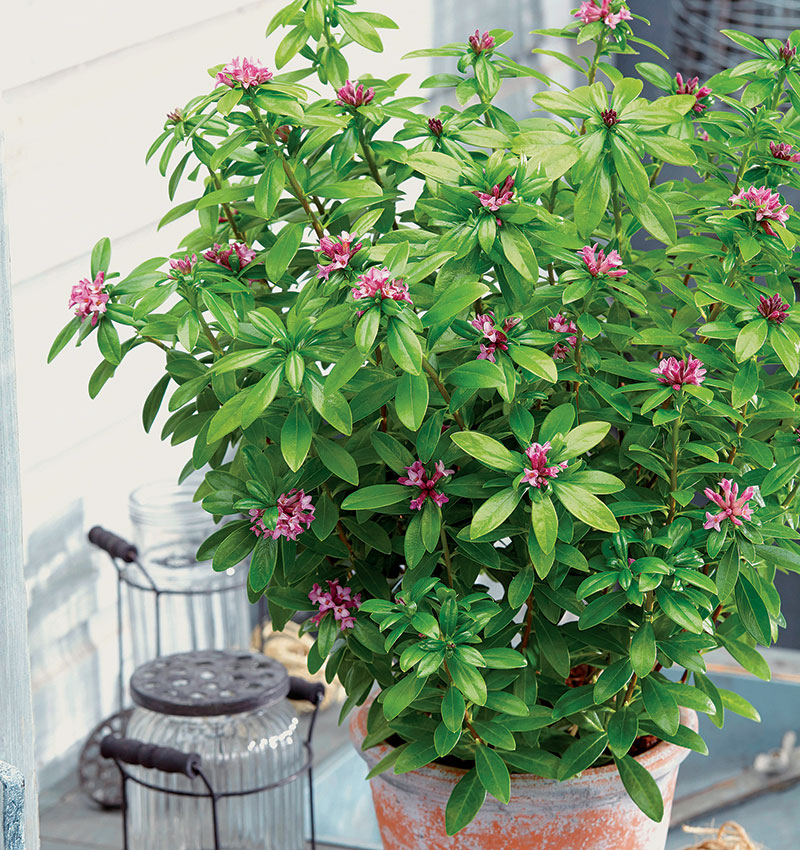
This small shrub is surprisingly easy to host and a real crowd pleaser in the scent department. There really isn’t an analogy for its robust, complex fragrance— it’s an experience unto itself that always gets positive reviews. The bush is handsome, with long, tidy leaves; a variegated version is the most popular, with yellow leaf margins. In late winter, pink flower clusters develop and then open into little pink stars, creating a visual and olfactory event.
Daphne is a cinch to host. It likes a generous container and frequent watering. A bright window is ducky. The tricky part might be that it prefers cool temperatures to really look its best. Nighttime temperatures below 60°F are preferable.
Sweet olive
(Osmanthus fragrans)
Here’s proof positive that fragrant plants are not generally flashy. Nothing could be more modest than a sweet olive. We’re talking about a woody shrub with glossy, laurel-like leaves. The flowers are so demure that they would go unnoticed if the most delightful aroma imaginable weren’t spewing out. Lightly sweet with hints of apricot and spice, this is a perfume that everyone savors. Sweet olive sends its aroma far and wide, but fear not—nobody is going to complain. Nobody.
The beauty of sweet olive is that it tends to blossom from winter into spring, which is just when your nose needs a little zing. The not-so-beautiful element here is that sweet olive is not (how can I say this?) ravishingly pretty. It’s a little dorky in the growth habit department. Keep it repotted to coax branching, give it a bright window, and just let it quietly produce those ultra-tiny flowers—which it does willingly and without fuss. For once, let your nose have the fun.
Scented geraniums
(Pelargonium spp. and cvs.)
Scented geraniums are some of the most fulfilling plants to grow indoors, with a fragrance range that includes rose, nutmeg, cinnamon, lemon, strawberry, apple, old spice, and mint. If you don’t tickle a scented geranium, you’re never going to experience its scent. The essential oils are kept in little flasks on the leaf surface. Gently rubbing a leaf is the most efficient method of discovering the scent, but even brushing by a leaf will work. And those flasks repair themselves rapidly; you’re doing no harm.
Scented geraniums prefer bright light and frequent watering. Yellowing leaves are a telltale sign that you’ve failed to water. Don’t let the soil go totally dry. But don’t go crazy with fertilizing—scented geraniums can become too vigorous if coddled. They are energetic plants, so frequent pruning will encourage branching and whip them into shape.
Hoya
(Hoya spp.)
If you’re a chocolate lover, you’re going to flip over hoyas. They are vines, and the leaves are sufficiently handsome to earn hoyas a spot as foliage plants. But if you keep them potbound, they will burst into blossom in late winter. Really, the trick to hoyas is outright neglect. Don’t fertilize. Don’t repot. And definitely keep them away from a sunny window. If you can be an absolute ogre, your hoya is going to dote on tough love to produce umbels of star-within-a-star flowers. Those blossoms are really handsome. But even better is the rich chocolate scent that they emit. Warning: It’s enough to send you rushing out for a Hershey bar.
Hoyas are long-lived plants, and they really are ultra-easy to host, so don’t feel bad about assigning one to your heirs. But do tell them not to fuss over it. They can remove any brown leaves that form. But besides that, it’s hands off.
Trachelospermum
(Trachelospermum spp.)
Trachelospermums offer a more universally approved aromatic experience, with a lot less hassle than winter-blooming jasmine. Trachelospermums are athletic vines with thick, oval leaves on strong, woody, meandering stems. In other words, they need support—or you can just let them climb up the curtains to scramble along the curtain rods. T. jasminoides is candy-cane scented and more readily found in garden centers. T. asiaticum is more compact, producing creamy yellow blossoms that add cinnamon to the candy note.
Trachelospermums are easy to grow, but they tend to be thirsty plants. In fact, you can spark bud production by being generous with the drinks. Fertilize monthly, but there’s no need to keep graduating containers. A bright window will coax those flowers—which come primarily in summer for T. jasminoides, while T. asiaticum blossoms in late winter, spring, and autumn.
A couple of heartbreakers
Some fragrant plants don’t make great houseplants. Steer clear of gardenias. They’re wonderful if you’ve got a toasty greenhouse, but anything less than that is bound for a bad outcome. Same for heliotropes. They are heaven in summer. But they just can’t get enough light on your average windowsill. Save them for planters outside in summer instead.
Tovah Martin is the author of several books on houseplants, including The Unexpected Houseplant: 220 Choices for Every Spot in Your Home.
Photos, except where noted: Kindra Clineff
Fine Gardening Recommended Products

ARS Telescoping Long Reach Pruner
Fine Gardening receives a commission for items purchased through links on this site, including Amazon Associates and other affiliate advertising programs.

The Nature of Oaks: The Rich Ecology of Our Most Essential Native Trees
Fine Gardening receives a commission for items purchased through links on this site, including Amazon Associates and other affiliate advertising programs.

Pruning Simplified: A Step-by-Step Guide to 50 Popular Trees and Shrubs
Fine Gardening receives a commission for items purchased through links on this site, including Amazon Associates and other affiliate advertising programs.

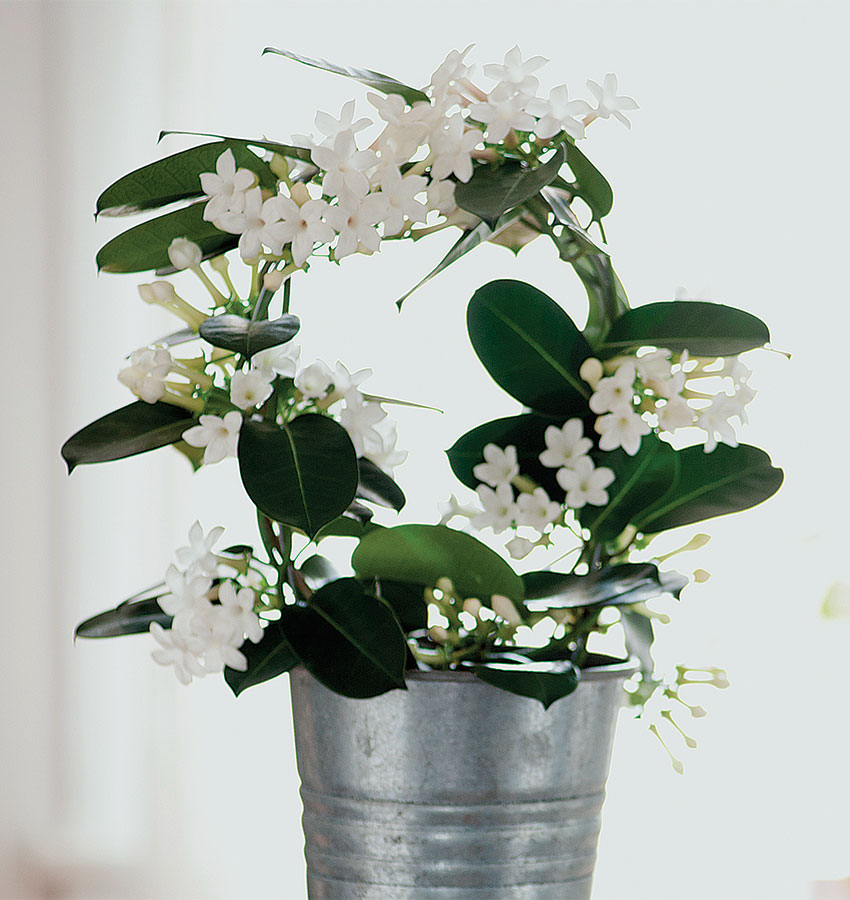
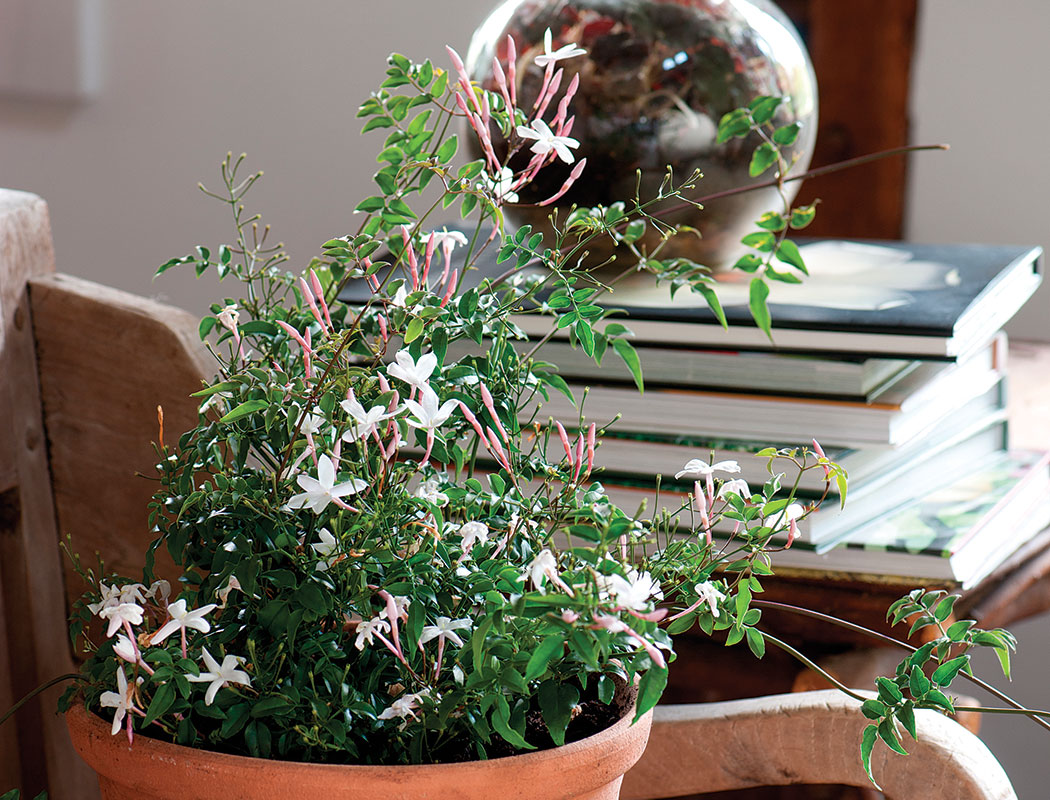
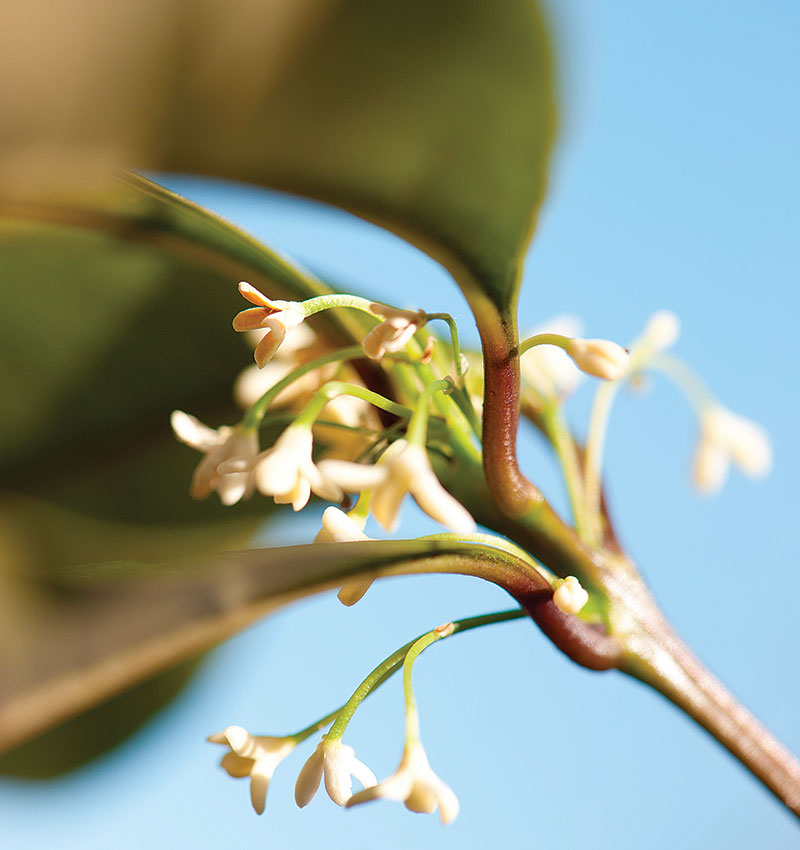
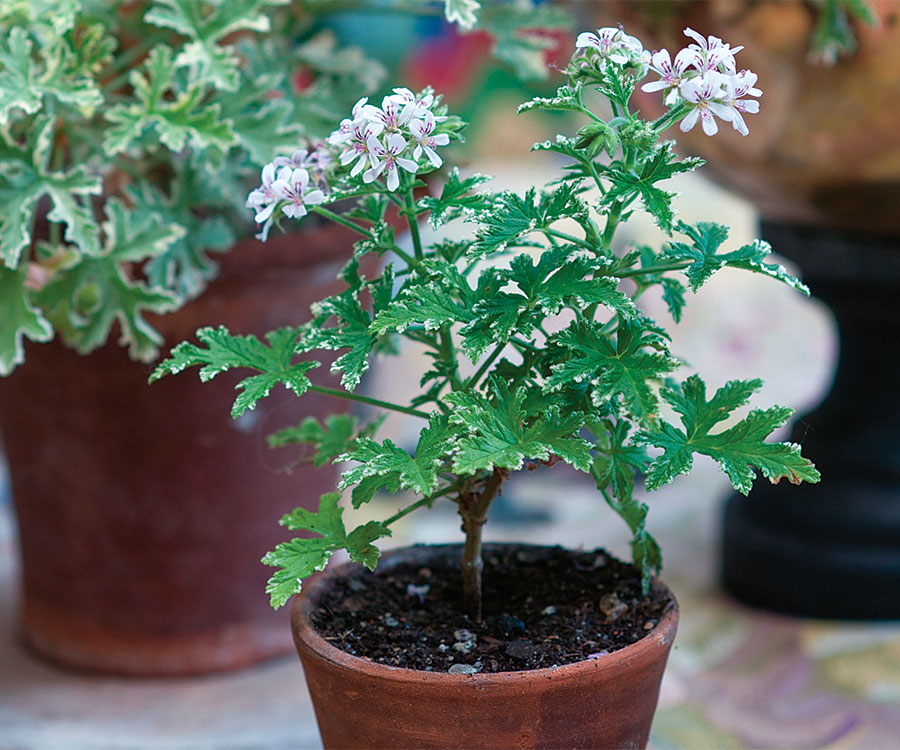
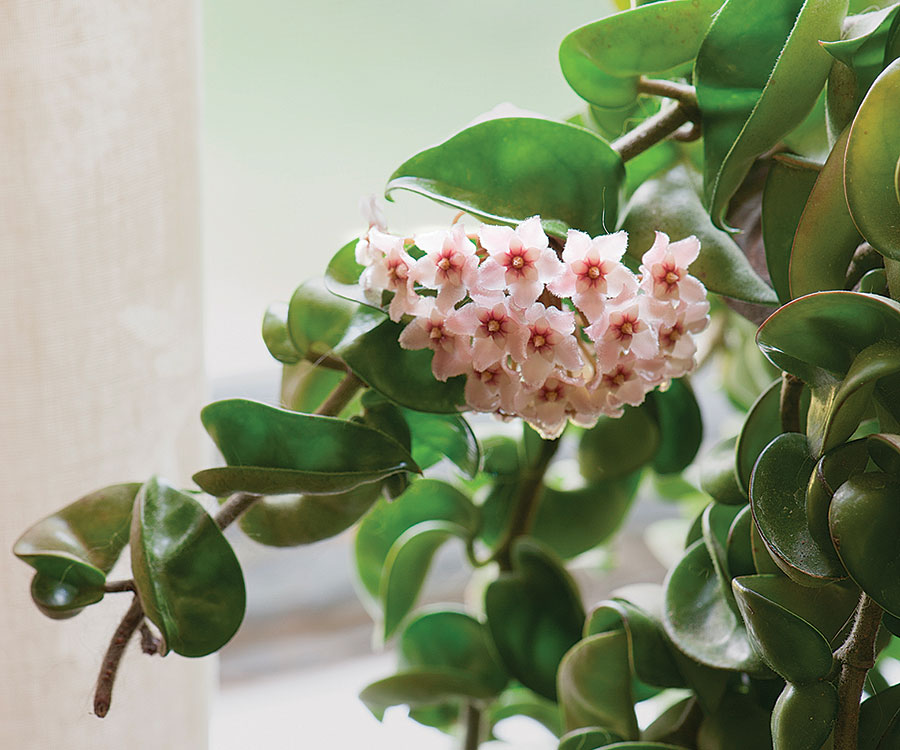
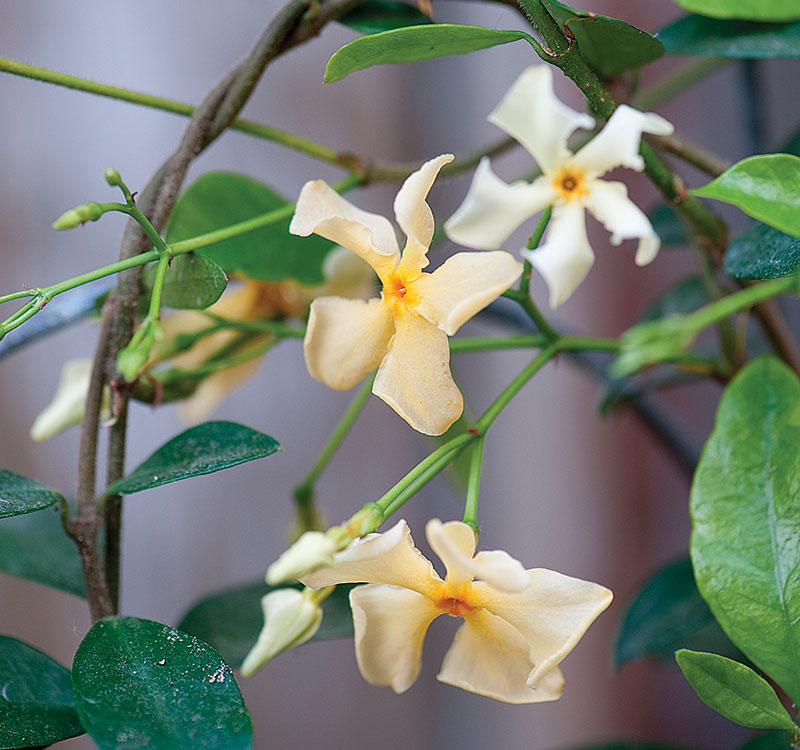

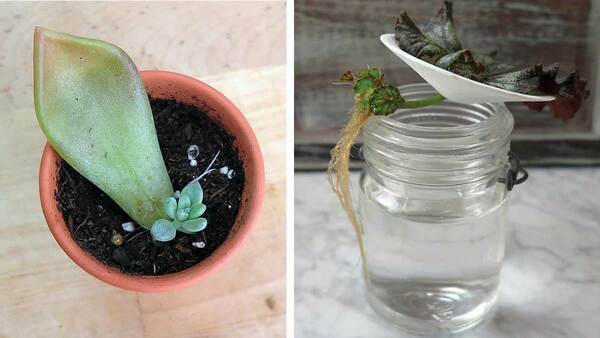















Comments
Log in or create an account to post a comment.
Sign up Log in